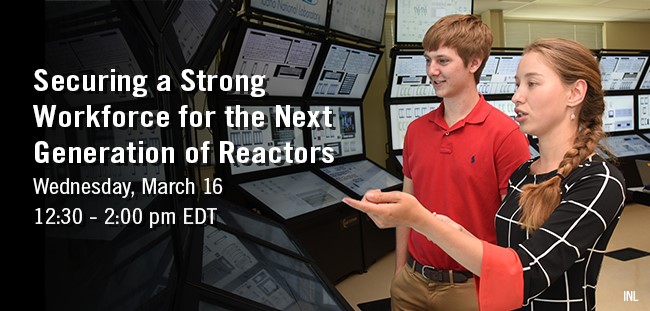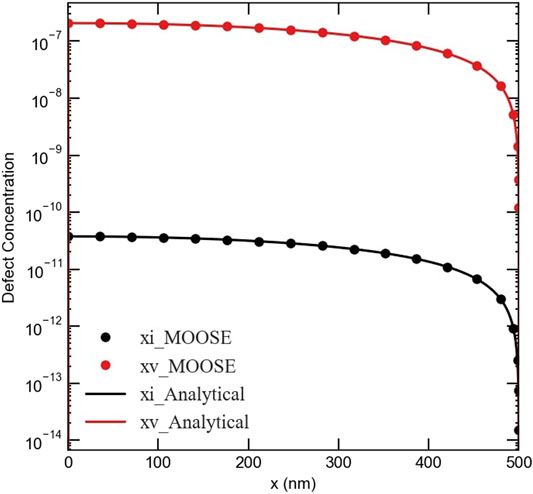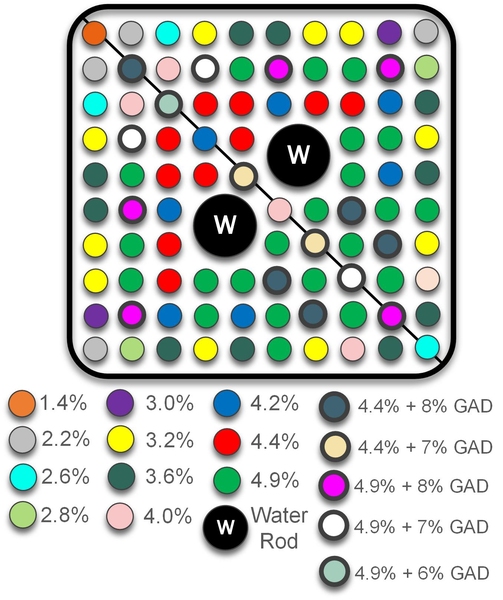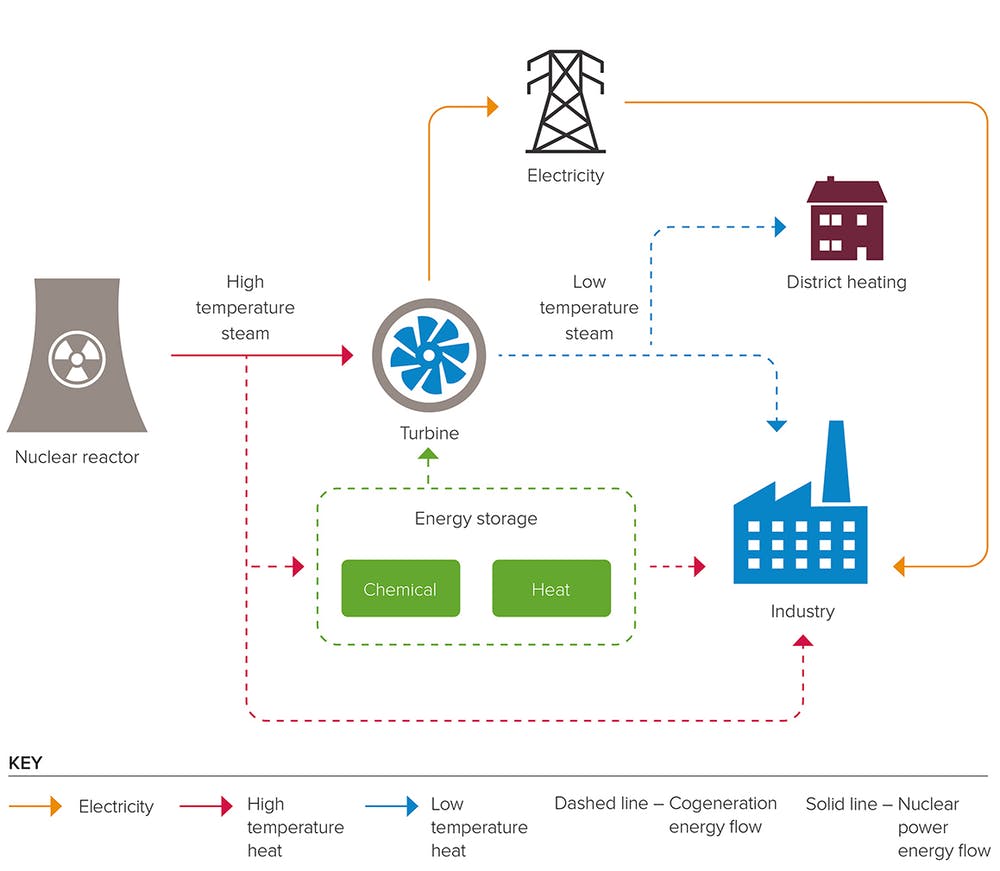ANS’s Nuclear 101 certificate course ready for inaugural class
The American Nuclear Society is excited to announce the launch of its inaugural Nuclear 101 certificate course, scheduled to take place in-person at the 2024 ANS Winter Conference and Expo this November. This comprehensive five-day program is designed to provide participants with a robust understanding of nuclear energy and engineering, delivered by some of the field's foremost experts.







